Solar Energy
Solar energy is energy from the sun that is converted into electricity through photovoltaic (PV) cells.
Solar energy can be deployed at multiple scales. A single photovoltaic cell might power a calculator or a flashlight. A solar panel, grouping together many photovoltaic cells, can power a road sign or lights in a motor home.
Multiple solar panels can be combined into solar arrays to provide power directly to homes and businesses. They can also be deployed at a utility-scale, providing power directly to the electricity grid or helping to meet the energy needs of remote, off-grid communities.
In Canada, there are currently more than 43,000 solar (PV) energy installations on residential, commercial and industrial rooftops, providing power directly to those homes and businesses.
Source and Learn More: https://renewablesassociation.ca/solar-energy/
[pdf-embedder url=”https://ssrec.org/wp-content/uploads/2018/06/SSREC_galiano_2018_AGM-presentation.pdf” title=”SSREC_galiano_2018_AGM presentation”]Why go solar?
- Truly clean energy
- Silent, reliable, very low maintenance
- Long-term (>35 years)
- Free power source & limitless (3 billion years or so)
- Free delivery
- Energy independence, energy security
- Distributed generation (no- to low-transmission losses)
- Easily scalable
- Minimizes tier-2 pricing
- Highly cost competitive
- Payback!
The case for solar electricity
In recent years, electricity production from photovoltaic (PV) panels has become highly cost-effective and its cost will only decrease in the future, irrespective of what producers of competing fossil fuel technologies claim. Luckily, input for solar will remain free of charge for another few billion years or so, guaranteed. During 2016, the cost of unsubsidized1 utility-scale PV electricity fell to between 3.2 and 4 cents (CAD) per kilo-Watt-hour (kWh) in places like southern California, northern Chile and Abu Dhabi. Singling out Abu Dhabi, we admit that the Persian Gulf region (3462 h/y) receives 50% more annual sunshine than, say, Dawson Creek, BC (2213 h/y) and we can’t really expect similar pricing for BC. However, PV modules perform better at lower temperatures and hence if corrected for temperature, a PV array in Abu Dhabi only produces 30% more solar electricity than one in Dawson Creek. Plus, cleaning of the PV arrays after sandstorms built into the cost for Abu Dhabi, does not really apply to Dawson Creek, further compensating for the lower sunshine hours in BC. Besides, Dawson Creek is not even the sunniest place in BC! In other words, BC is a pretty good place to go solar and at a very competitive price.
Although most of the photovoltaic (PV) panels are a pleasing blue, they are in fact one of the greenest methods to produce electricity: PV’s footprint of 10 – 40 g of carbon dioxide (CO2) release per kWh produced is only beaten by wind (5-25 g CO2/kWh), putting hydroelectricity2 (273 g CO2e/kWh), and fossil fuels (natural gas: 500-620 g CO2/kWh; oil: 745 g CO2/kWh; coal 1050 g CO2/kWh) back into the dark corners where they belong. And this is even before the societal (externalized) costs of the competing energies (air pollution, respiratory diseases, pipeline leaks, tanker spill clean-ups, fugitive emissions, ocean acidification, blowouts, etc.) are considered. Installed PV needs minimal maintenance, does not make any sound, is free of emissions, and its life expectancy easily exceeds 35 years.
In addition, local electricity production by PV means local control, imparts a sense of local ownership, at least partial energy autonomy and represents a collective vision that is there for all to see. O.k. so the sun does not always shine and the wind does not always blow, but the criticism of intermittency often leveled against renewable energies is rendered baseless by the extremely rapid advances in multiple storage methods, including batteries and pumped storage. BC’s existing “legacy dams” allow us to keep the reservoirs full in the sunny months, ready to dispatch when other renewables are not available. We can also use extra hydro to help bring out of province fossil fuel generators offline. Pumped storage is an obvious choice for BC and is likely to mitigate other effects of climate change such as unpredictable rainfall patterns, timing of freshet, and variability of snowpack. Finally, as demonstrated all over the world, technical problems to integrate large amounts of renewables into the grid have been solved and continue to exist only in the minds of internet trolls, old-style utilities and grid operators.
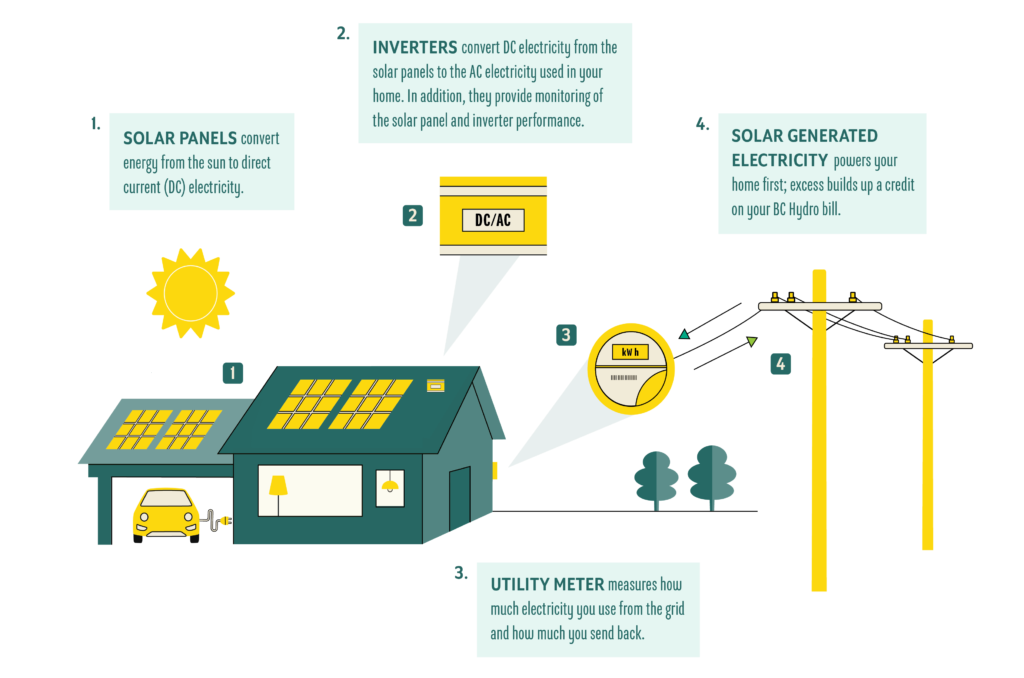
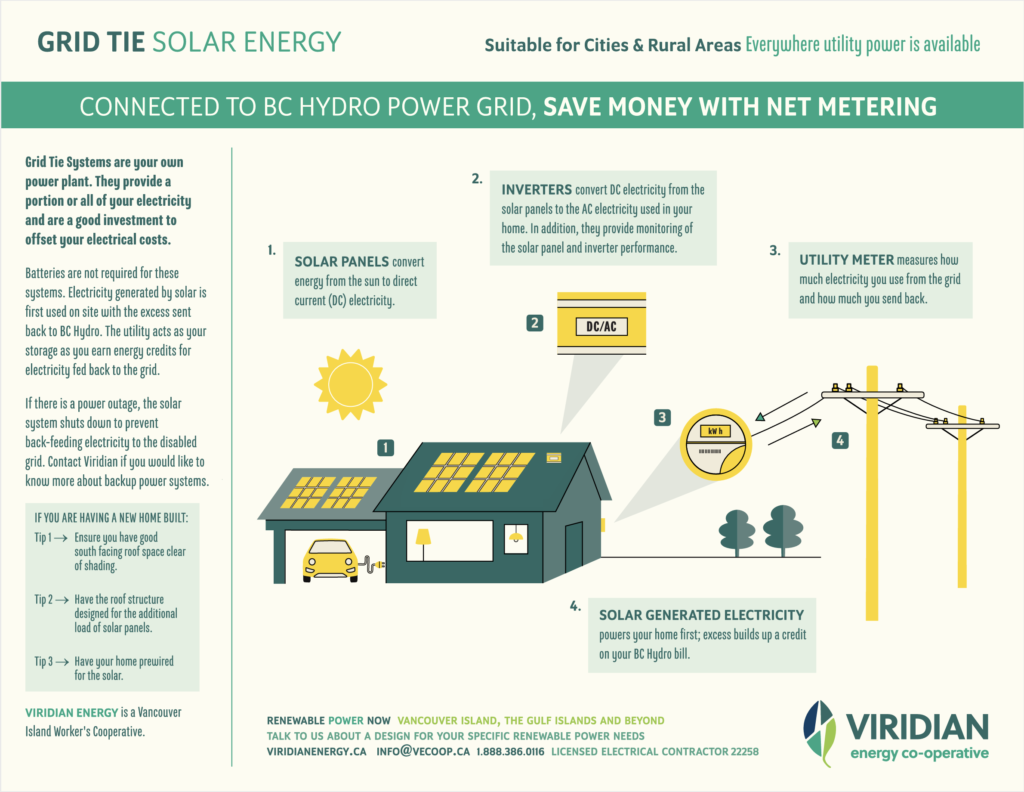
Is solar energy too expensive? Can I afford it?
Here, around the Salish Sea, we installed solar PV on over 90 buildings in the last few years through community bulk buys: Our roofs produce electricity for less than 7.8 cents per kWh for the next 25 years—the warranty period for the panels. At a fixed rate. In fact, if the panels live for the 35+ years they are designed for, the cost will drop below 5.8 cents/kWh, about half of what BC Hydro charges for their base residential electricity.
Later in 2021, a company in Washington State will start selling panels with a 50-year warranty. Never worry about GST or any annoying “rate riders” added to the BC Hydro rate. Of course, as PV prices continue to decrease, solar gets ever more competitive. Even better, PV protects the roof shingles and extends their life.
Finally, the electricity is produced without emissions, decreasing your personal carbon footprint. Win-win-win.
Basically, to be serious about fighting climate change, we cannot afford not to afford solar.
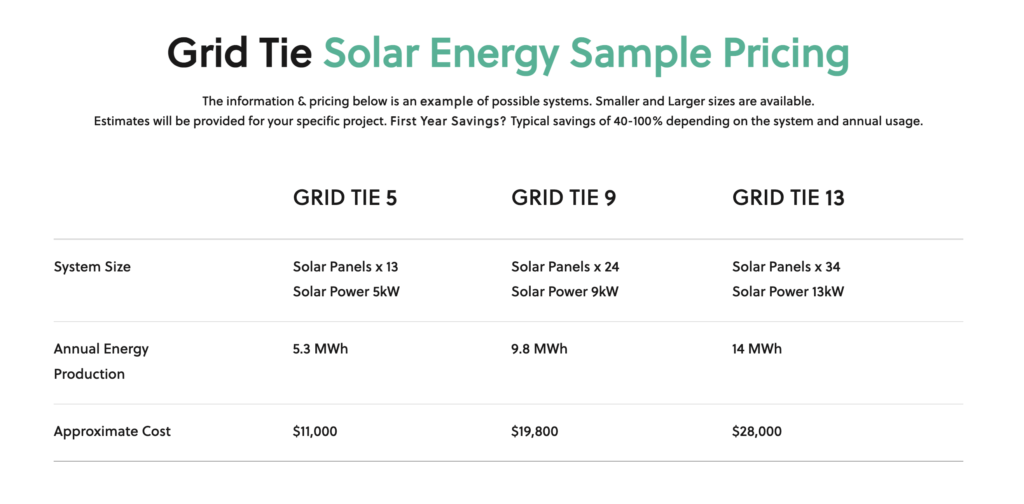
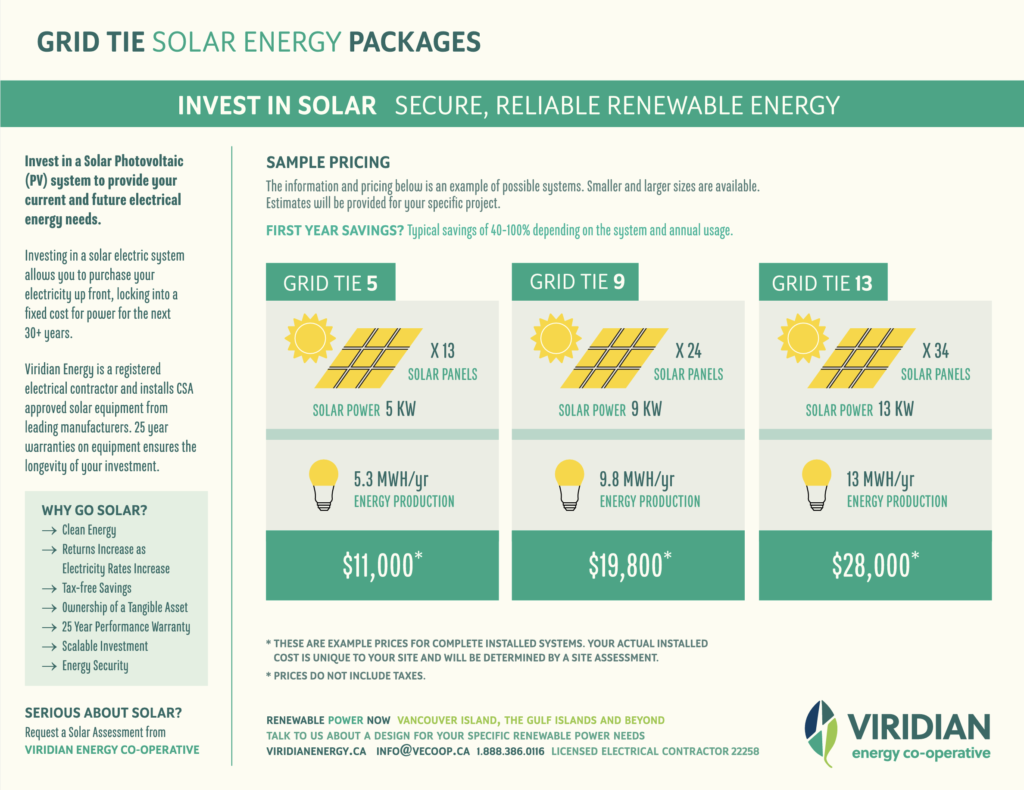
Source: https://viridianenergy.ca/packages/grid-tie
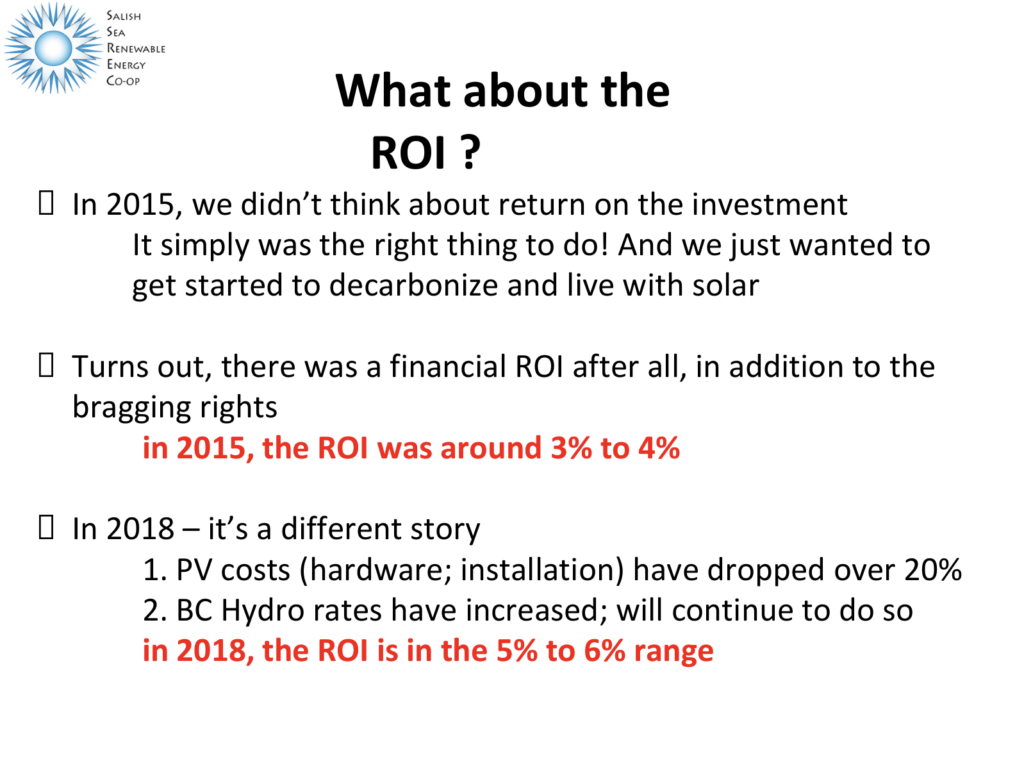
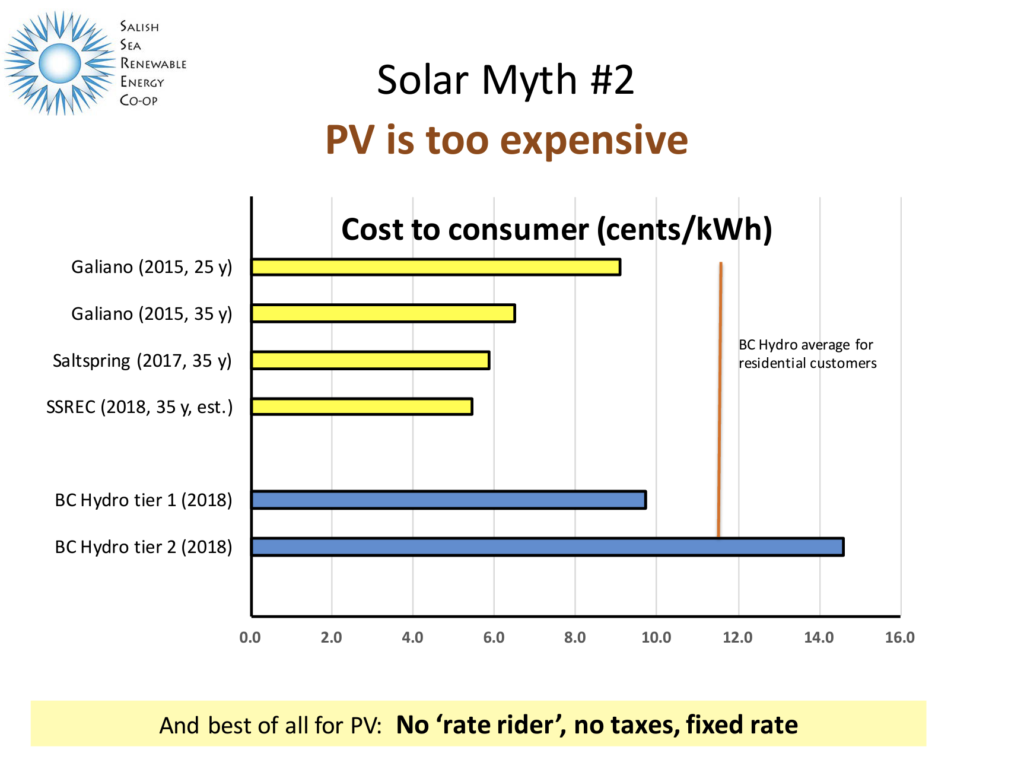
Solar Myths
The science around solar is crystal clear. Yet some myths persist.
by Tom Mommsen, Focus on Victoria, April 28, 2021
EVEN THOUGH ENERGY MATTERS rate high in the public’s attention, it is discouraging how many myths are being repeated by the media, by bloggers and in general discussions about solar power, especially about photovoltaics (PV). Yes, we are talking about those “unsightly” blue or black panels that are increasingly found on houses and in fields of dreamers, environmentalists and other-ists who clearly deserve being made fun of for their unaesthetic choices! However, do we really want to immediately dismiss multitudes of Africans, Americans, Asians, Chileans, Europeans, First Nations, Ikea, Nova Scotians and many, many others, simply because they embrace a technology that is anathema to British Columbia’s government and BC Hydro? A silent and long-lived technology that provides energy security, is environmentally benign and, heaven forbid, one of the least expensive means to generate clean electricity for the future? How silly.
In the following, we will debunk ten myths about solar power and inject some science and real numbers into the discussion. It is definitely a discussion whose time has come. Never mind that the energy input is absolutely free for another couple of billion years or so and delivered, without charge, directly to your roof. Never worry about price increases, spills along the supply-chain, world-class emergency measures for clean-up, whale populations or disruption of the energy flow. Every time solar spills are reported, people just take off for the park or reach for the beach towel with their only worries whether they have brought enough sunscreen and a two-meter (79 inches) measuring tape for social distancing.
The trouble with myths is not that they are so difficult to rebuke—the science around solar is crystal clear, the economics unclouded and logic should prevail. Alas, such myths are so pervasive and wrong on so many levels, it’s tough to know where to start. Still, it’s a fun game to debunk solar myths, so let’s start with some general ones, using examples from British Columbia.
Myth #1. BC doesn’t get enough sun. PV should be left to sunny places like California or Abu Dhabi. Well, actually, BC receives plenty of sunshine, somewhere between 1500 and 2250 hours per year, considerably more than solar powerhouses like Germany, France or the UK that receive about the same amount of sunshine as parts of Alaska. Need we say more? We freely admit that Abu Dhabi with its 3200+ hours of sunshine may leave BC in the shade, but not so fast: Solar panels work much better at our lower temperatures. And frequent sand storms spoil the solar party near the desert a bit. All things considered, Abu Dhabi may get 10 percent more juice out of the sun than places in beautiful BC.
Myth #2. Solar is too expensive—we cannot afford it. Here, around the Salish Sea, we installed solar PV on over 90 buildings in the last few years through community bulk buys: Our roofs produce electricity for less than 7.8 cents per kWh for the next 25 years—the warranty period for the panels. At a fixed rate. In fact, if the panels live for the 35+ years they are designed for, the cost will drop below 5.8 cents/kWh, about half of what BC Hydro charges for their base residential electricity. Later in 2021, a company in Washington State will start selling panels with a 50-year warranty. Never worry about GST or any annoying “rate riders” added to the BC Hydro rate. Of course, as PV prices continue to decrease, solar gets ever more competitive. Even better, PV protects the roof shingles and extends their life. Finally, the electricity is produced without emissions, decreasing your personal carbon footprint. Win-win-win. Basically, to be serious about fighting climate change, we cannot afford not to afford solar.
Myth #3. More energy is needed for production of solar panels than will be repaid over their lifetime. Panel production energy, including mining, purification, assembly, framing, wiring, transport, installation, etc. is paid back within the first 8 to 14 months, depending on how sunny the location for the panel is—in most of BC with an average of 1950 sunshine hours per year, this takes about a year. With life expectancy exceeding 35 years, manufacture/transport/installation of panels account for less than 3 percent of lifetime energy generation.
Myth #4. There is no need for solar or other renewables: Electricity production in BC is over 90 percent clean through hydro. In spite of its carefully-manufactured image, hydroelectricity is by no means clean. In fact, mega-hydro releases substantial amounts of carbon dioxide and methane—two greenhouse gases (GHG)—continuously during construction, reservoir filling, operation and decommissioning. Expressed per kWh of electricity produced, hydro emits about half the GHG of diesel, gasoline or methane (LNG), but generates 7 to 50 times more GHG emissions than solar or wind. As such, mega-hydro has a minor role to play in reducing GHG emissions or in climate change mitigation and only when compared with fossil fuels or biomass, which is setting the standards pretty low. In 2021, we should have evolved well beyond these 20th century follies. As a logical conclusion, mega-hydro should be subject to carbon pricing, which would add at least 12 percent to the current base rate of BC Hydro customers. Worse, in 2018 and 2019, BC Hydro imported millions of dollars of electricity from western US states and Alberta, but refuses to provide information on the provenance of the imported electricity. The cynic inside the author’s warped mind keeps whispering that the source is most likely coal—one of the filthiest energies available on the market.
Myth #5. Efficiency of PV cells is low and we should wait until the industry is mature. High efficiency is nice, but slightly irrelevant. PV cells are not like computers or cell phones that are obsolete in a few years. Panels continue to produce electricity for several decades. Increased efficiency may give you bragging rights over your neighbours’ older solar array, but what it really means is that the PV area needed for a given kiloWatt decreases with newer modules. Current efficiencies of PV panels are already four times better than the best nature has to offer (corn! trees!) at turning light into energy—something to consider when discussing biofuels.
Myth #6. The sun does not always shine. Hurrah, finally something we can agree on. Not really a myth, rather a valid observation, and one that dawns on us daily. Apart from the reality of useful complementation between solar and wind, intermittency can be overcome. Since 2018, it has been cheaper to install commercial solar with battery storage than to generate electricity from fossil fuels, backed up with peaker plants. Tesla provides huge commercial battery storage for grid resilience in California and South Australia and enough storage to run an entire Pacific island (600 inhabitants) off-grid on solar PV alone. Besides, BC already has the perfect storage available in abundance: hydro-reservoirs.
In future, electric vehicles should no longer be dismissed at as silent, non-polluting oddities, but be looked at as batteries on wheels. These batteries can store excess energy and supply it when needed; the technology even has a name—V2G—vehicle to grid. In a Dutch city, people have been sharing parts of their electric vehicle’s storage for a two-year experiment: the owner decides how much and when to share with the grid; in turn, the utility pays top euros for the ability to suck a few kWh out of parked cars and supply the grid. The forward-thinking utility doesn’t have to build new infrastructure to get hold of extra kWh during excessive demand and is willing to pay for it (what an interesting concept!). V2G even helps to stabilize grid frequency and voltage, and is, unexpectedly, good for the health of the car battery.
Myth #7. Renewables destabilize the grid. Grids can handle a maximum of 20 percent intermittent wind and solar. A “the sky is falling”-type of argument. Last year, Germany’s grid had no problems incorporating 65 percent intermittent renewables like solar or wind and Denmark covered almost 50 percent of its total demand with wind, planning for 100 percent renewables by the end of the decade. Total solar eclipses of the sun in Europe (2015) or in the USA (2017) did not cause as much as a ripple in their respective grids. The current discussion among scientists and covered exhaustively in the media as an alleged “controversy” is whether the grid can handle 100 percent or “only 80 percent” of renewables by 2040. Don’t expect any Dane to put money on the grid destabilization myth.
Myth #8. Solar uses too much valuable land area. Covering a mere 23 percent of south-ish facing Vancouver roofs with solar would generate more than half the electricity currently consumed by the city. The BC Hydro right-of-way under the 120 km powerlines from Surrey to Hope sprinkled with PV would generate more electricity per year than the potential output of Site C, cost less than $6 billion and power would be available before 2023. Line losses would be minimal and sheep could still graze underneath: Agrivoltaics! Similarly, installing floating PV on 7.5 percent of the surface area of the Williston reservoir would double the massive electricity output of the WAC Bennett dam on the Peace River. The SunMine solar plant near Kimberley, BC, turned an abandoned mine site from an industrial brownfield into a so-called “bright-field,” while an enlightened community in Switzerland put PV on top of their local ski-lift. Also, see myth #5 about the shrinking footprint.
Myth #9. Solar requires a Ph.D. in electronics and is clouded by unintelligible jargon. An embarrassing, partial “Yes”—on the jargon—but otherwise emphatic “No’s”. In reality, PV is simple plug and play: The panels are quick to install, produce direct current that is turned (by some type of inverter) to the alternate current used in the house and the grid, and plug straight into any electrical panel. The juice flows to where it is needed, either the house or the grid. If it’s the grid, your not-so-clever “smart” meter (on which our public utility spent almost a cool billion of our tax dollars; but that’s a different story) spins backwards and builds up a credit on your hydro bill.
Myth #10. Solar gets cheaper every year. Better wait to get a real bargain. Solar does indeed get cheaper by at least 5 percent a year, something that most competing energies don’t do. However, Climate Change does not wait. By waiting you may save a few dollars (initially), while hanging on to the status quo, continuing to use fossil fuels, emitting greenhouse gases and sending the wrong message to politicians, financial planners and everyone else; and complaining about rising electricity rates. In the meantime, governments keep spending tax money on perverse incentives for fossil fuel exploration and infrastructure and Canadian banks continue lavishing your hard-earned savings on sunset industries like pipelines. Besides, return on residential solar investment in BC (without any support from a provincial government that fails to see the light!) is already in the 4-6 percent range. How is your GIC doing? With solar, you support your community, create local jobs, can pride yourself in taking an important step towards decarbonization and be a shining example to others!
So, go ahead, shed those myths and the next time you notice a solar array, stop and reflect on its usefulness, while admiring the sun doing its work and seeing energy in a different light. Then you can take off for the beach (don’t forget the sunscreen and mask) safe in the knowledge that those trusty panels are producing electricity cleanly, reliably, quietly and inexpensively for many years while supporting local jobs and filling someone’s pockets with kilowatt hours. Perhaps those pockets should be yours.
What’s not to like about this benign technology with its unique properties? It is long-lived, does not become obsolete overnight and, best of all, provides a return on investment. Surely, there aren’t many technologies that do all that, certainly not your car, your fridge, your tablet or your cellphone. Since we don’t want to raise the blood pressure of mature readers, we carefully refrain from mentioning 8-track tapes, typewriters, flip-phones or Kodak! Memories, maybe, but monetary payback? Never.
Let the solar century begin in BC — it is long overdue
Professional solar panel cleaning available on all the Southern Gulf Islands
David on Galiano Island who cleans windows has expanded [...]
Transition Roadmaps to 100% Renewable Energy for 145 Countries
Another comprehensive overview report about the potential of renewable [...]
Research Review Shows that 100% Renewable Energy Systems Worldwide is Feasible
According to a major review of research on 100% [...]
Solar is booming all over. Where is BC?
It looks like the German government is (finally) getting [...]
Southern Gulf Islands: A Solar Powerhouse!
Encouraged by earlier experiences with solar installations and by [...]
Solar Myths
The science around solar is crystal clear. Yet some [...]


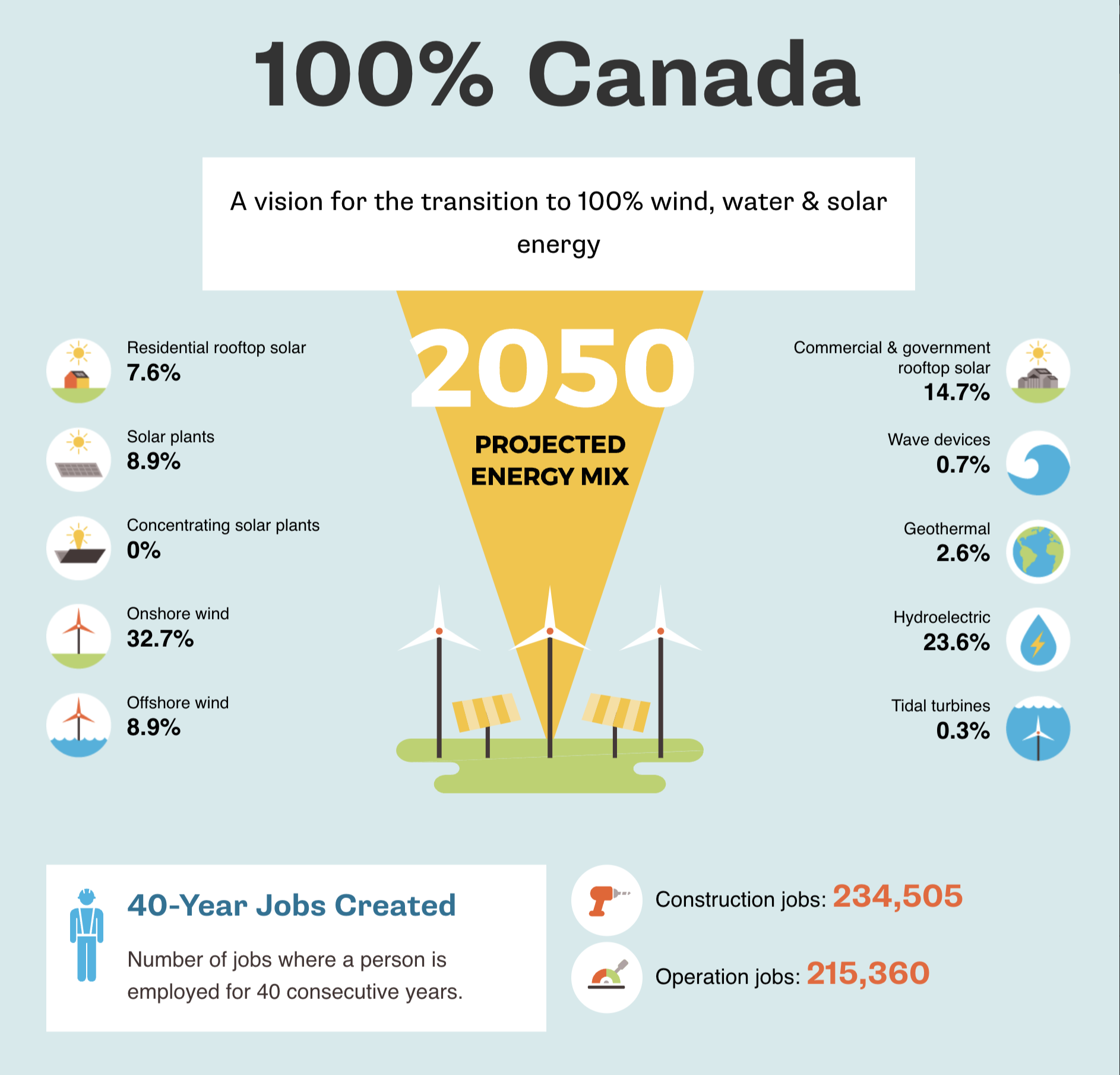
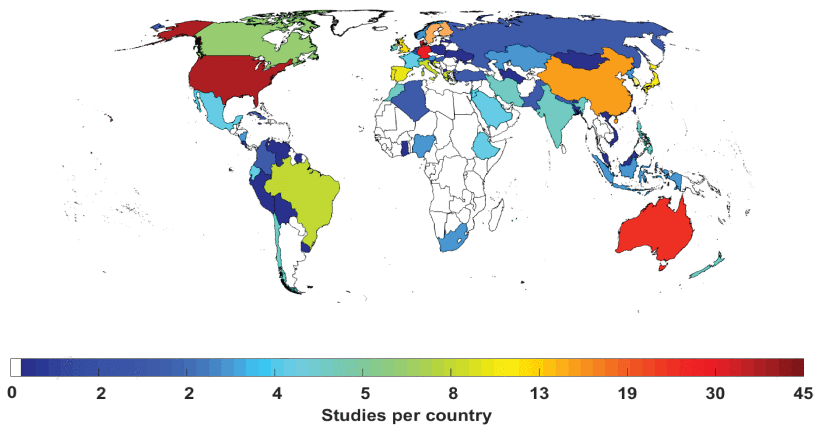
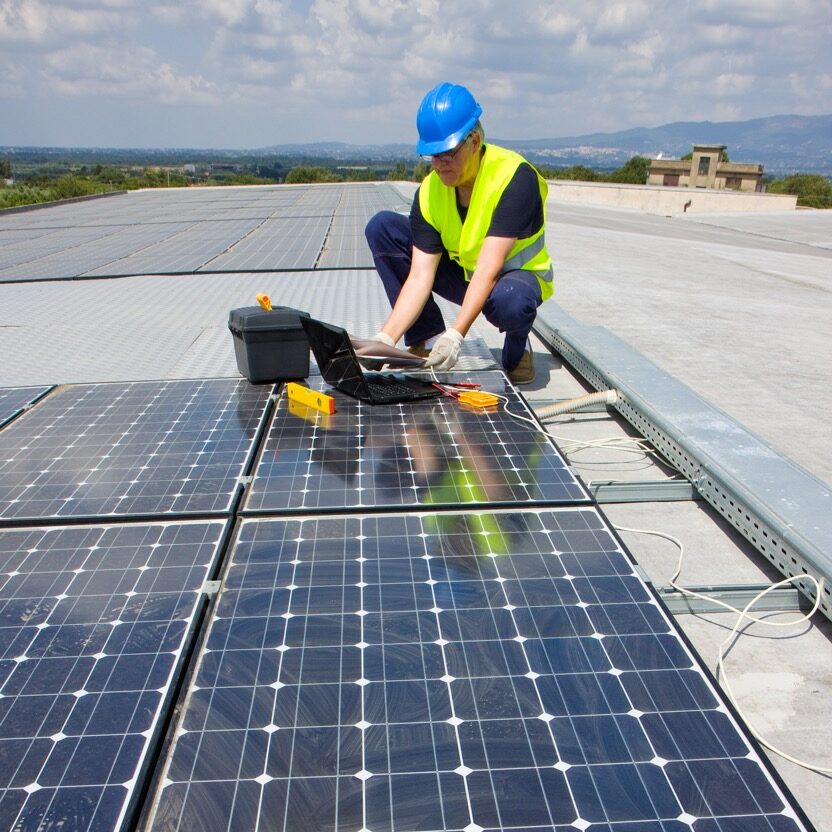
You must be logged in to post a comment.